43 yellow diamond hazard label
NFPA 704 - Wikipedia The four divisions are typically color-coded with red on top indicating flammability, blue on the left indicating level of health hazard, yellow on the right for chemical reactivity, and white containing codes for special hazards. Each of health, flammability and reactivity is rated on a scale from 0 (no hazard) to 4 (severe hazard). What Is NFPA 704 or the Fire Diamond? - ThoughtCo There are four colored sections on the diamond. Each section is labeled with a number from 0-4 to indicate the level of hazard. On this scale, 0 indicates "no hazard" while 4 means "severe hazard". The red section indicates flammability. The blue section indicates a health risk. Yellow indicates reactivity or explosivity.
Understanding NFPA 704 Colors and Ratings - Safety Sign This is diamond-shaped sign with four smaller quadrants/diamonds inside. One diamond is blue, one is red, one is yellow and one is white, as shown on image. The diamond-shaped signs use the four color-coded categories to give at a glance a general idea of the hazards that personnel or observers are exposed to in any specific area.
Yellow diamond hazard label
PDF System for the Identification of the Hazards of Materials for ... - NFPA How does the 704 label differ from other hazardous material labels? There are several widely used systems for labeling hazardous materials. ... NFPA 704 does not specify when a container, tank or facility must label with the 704 diamond. It tells you ... health, red for flammability, and yellow for instability. Understanding Shipping Labels and Placards for Radioactive Materials ... Information on labels above The cardboard package in the foreground above has a Radioactive Yellow-III hazard label (square on point) AND a separate black text on white marking which says "Radioactive Material Type A Package, UN 2915. UN 2915 means "Radioactive material, Type A package [non-special form, non fissile or fissile-excepted") EHS - NFPA Hazard Diamond | myUSF - University of San Francisco The 6 o'clock position on the symbol represents special hazards and has a white background. The special hazards are taken from three possibilities: W indicates unusual reactivity with water, OX indicates an oxidizer, and SA indicates an asphyxiant gas. For more information: National Fire Protection Association Hazard Identification System
Yellow diamond hazard label. 325 DOT Hazardous Materials Warning Labels and Markings - USPS Publication 52 - Hazardous, Restricted, and Perishable Mail Summary of Changes Transmittal Letter 1 Introduction 2 General Guidelines 3 Hazardous Materials 4 Restricted Matter 5 Perishable Matter 6 International Mail 7 Air Transportation Requirements Appendix A Appendix B Appendix C Appendix D Appendix E Index DOT Hazmat Labels, Placards, and Markings - A Guide The Department of Transportation has defined 9 Hazard Class Groups. They are separated by distinct hazardous properties and shipping requirements. Hazard Class 1 - Explosives Hazard Class 2 - Gases Hazard Class 3 - Flammable and Combustible Liquids Hazard Class 4 - Flammable Solids Hazard Class 5 - Oxidizing Substances, Organic Peroxide The NFPA 704 Diamond Explained - Infographics Directory July 20, 2021 The distinct red, blue yellow, and white diamonds affixed to semi-trucks and chemical containers are one of the most identifiable warning signs—but what does it mean? Each color on the NFPA diamond represents a different type of hazard: blue for health hazards, red for flammability, yellow for instability, and white for special notes. What is the Hazardous Materials Diamond? - Safeopedia The diamond is divided into four color-coded squares, each which conveys information about specific hazards present in the area. The top square is red and describes flammability hazards, the leftmost square is blue and describes health hazards, and the rightmost square is yellow and describes reactivity hazards.
Best 30 Hazardous Material Labels in Norcross, GA with Reviews Hazardous Material Labels in Norcross on YP.com. See reviews, photos, directions, phone numbers and more for the best Packing Materials-Shipping in Norcross, GA. NFPA 704 Diamond Labeling System Guide | BRADY - BradyID.com Instability Hazard (yellow, right diamond or 3 o'clock) When looking at the NFPA fire diamond, the right diamond is yellow and indicates a chemical's instability hazard. This number details a degree of reaction with ambient air, light or both, and the degree of intrinsic susceptibility of materials to release energy by self-reaction. What are the NFPA Color Codes? - Safety Sign The NFPA color codes are part of the NFPA 704 standard for the identification of hazardous materials. These color codes help emergency responders know about potential health, fire, and chemical instability issues. The NFPA 704 diamond sign used to display this information has four colored sections: blue, red, yellow, and white. PDF HAZARD COMMUNICATIONS (HAZCOM) SYMBOLS - University of Dallas 2002 the fire diamond and the color bar both had sections colored blue, red, white, and yellow. After April 2002, with the release of HMIS III, yellow in the color bar (which stood for reactivity) was replaced by orange, standing for physical hazard. The fire diamond is designed for emergencies when information about
Advanced Barcode Label Technologies in Lilburn, GA Find 1 listings related to Advanced Barcode Label Technologies in Lilburn on YP.com. See reviews, photos, directions, phone numbers and more for Advanced Barcode Label Technologies locations in Lilburn, GA. Understanding the NFPA 704 Diamond Labeling System 2 - Chemicals labeled as a two in the yellow diamond can undergo a violent chemical change when exposed to elevated pressures or temperatures. In addition, they may have serious reactions when exposed to water. 3 - A three signifies high instability properties. This chemical may explode or detonate after an ignition or when exposed to heat. Understanding HAZMAT Placards | ArcBest Yellow Yellow indicates oxidizers — substances, that when mixed with oxygen, are likely to combust (Classes 2 or 5). Common oxidizers include ammonium nitrate, potassium nitrate, halogens and nitric acid. These signs have oxygen written on them and a graphic of an "O" with flames. White Hazard symbols and hazard pictograms - Chemical classification - HSE The GB CLP hazard pictograms appear in the shape of a diamond with a distinctive red border and white background. One or more pictograms might appear on the labelling of a single chemical. GB...
EHS - NFPA Hazard Diamond | myUSF - University of San Francisco The 6 o'clock position on the symbol represents special hazards and has a white background. The special hazards are taken from three possibilities: W indicates unusual reactivity with water, OX indicates an oxidizer, and SA indicates an asphyxiant gas. For more information: National Fire Protection Association Hazard Identification System
Understanding Shipping Labels and Placards for Radioactive Materials ... Information on labels above The cardboard package in the foreground above has a Radioactive Yellow-III hazard label (square on point) AND a separate black text on white marking which says "Radioactive Material Type A Package, UN 2915. UN 2915 means "Radioactive material, Type A package [non-special form, non fissile or fissile-excepted")
PDF System for the Identification of the Hazards of Materials for ... - NFPA How does the 704 label differ from other hazardous material labels? There are several widely used systems for labeling hazardous materials. ... NFPA 704 does not specify when a container, tank or facility must label with the 704 diamond. It tells you ... health, red for flammability, and yellow for instability.
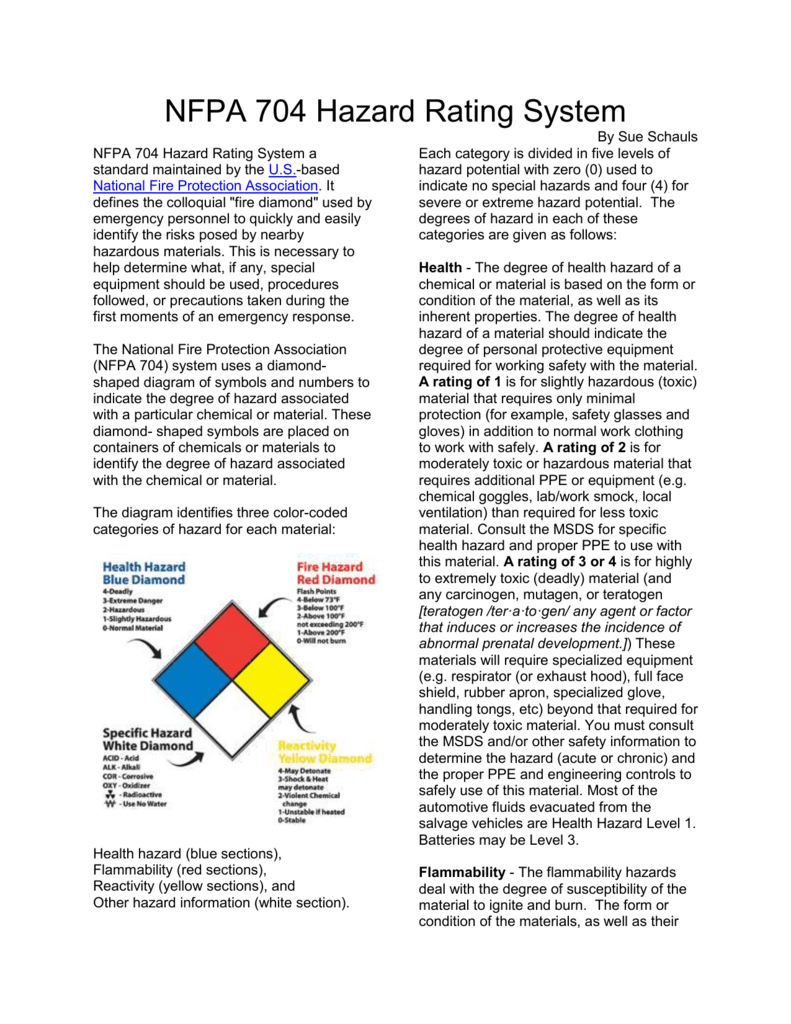


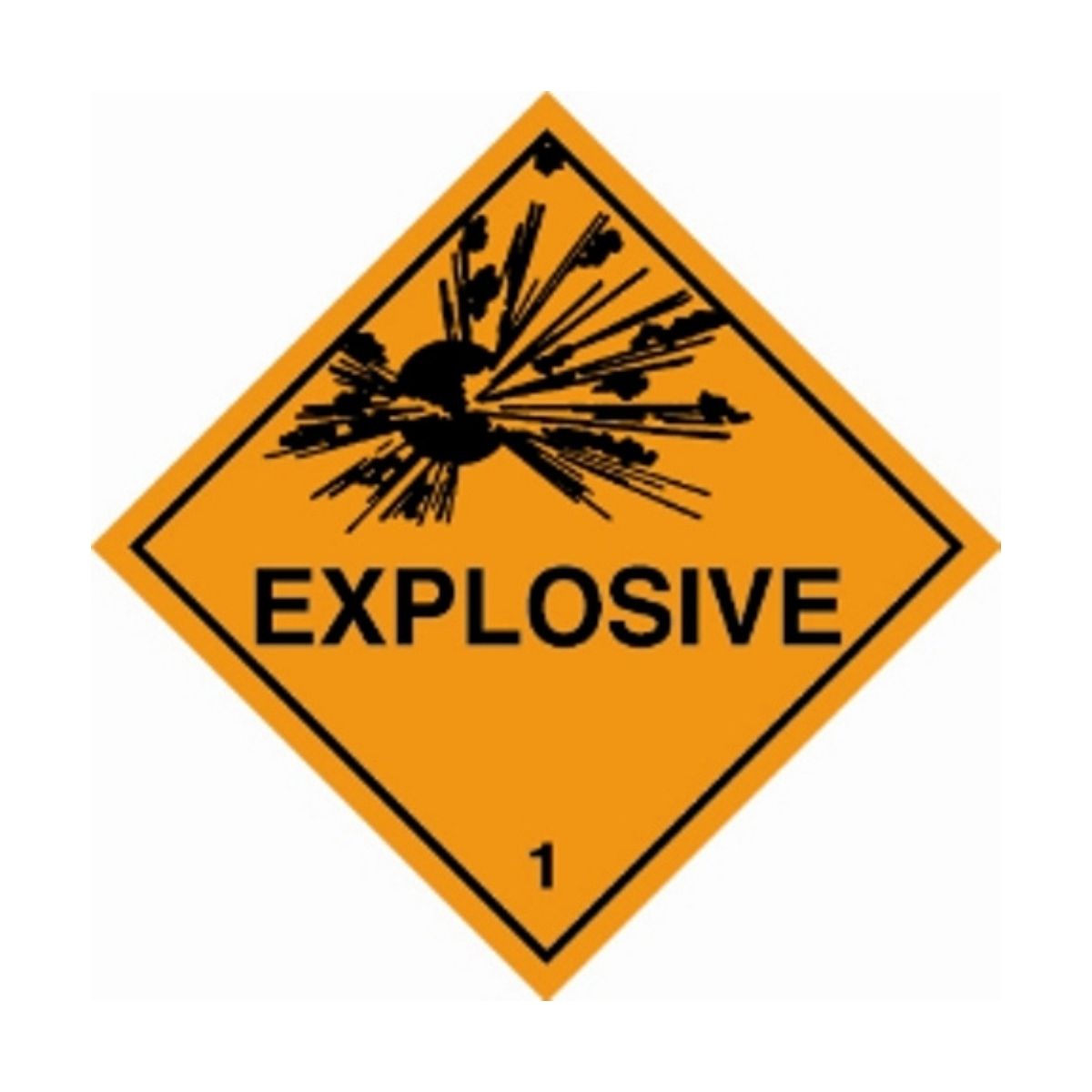
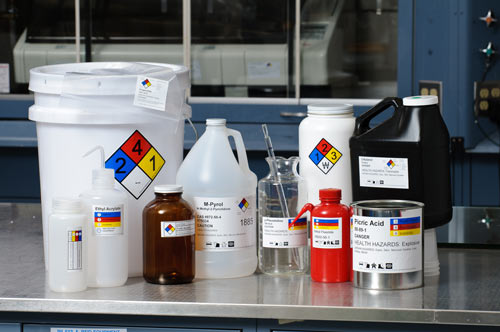




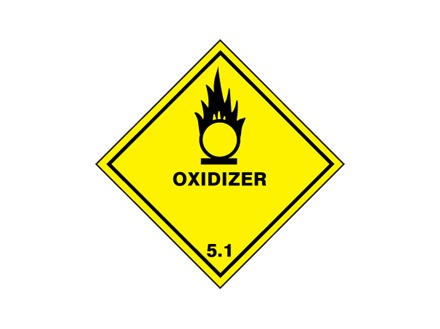

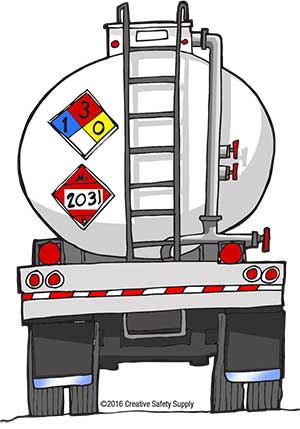
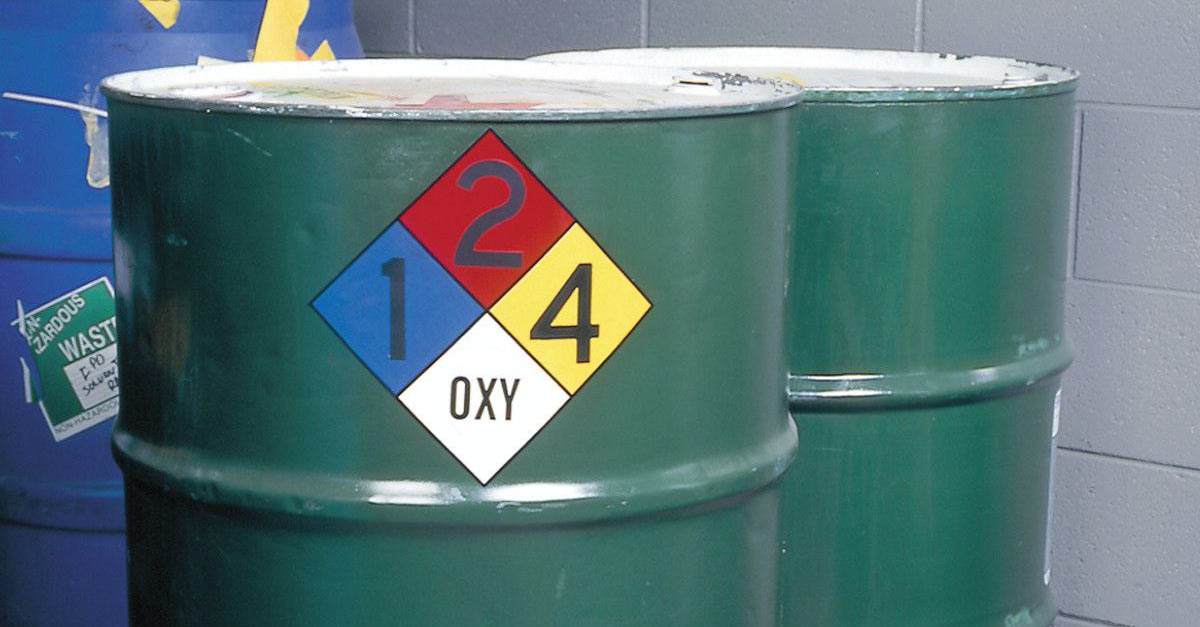

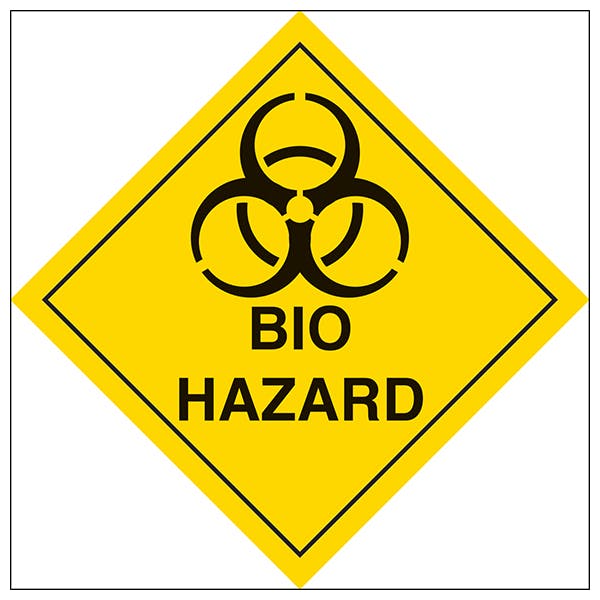

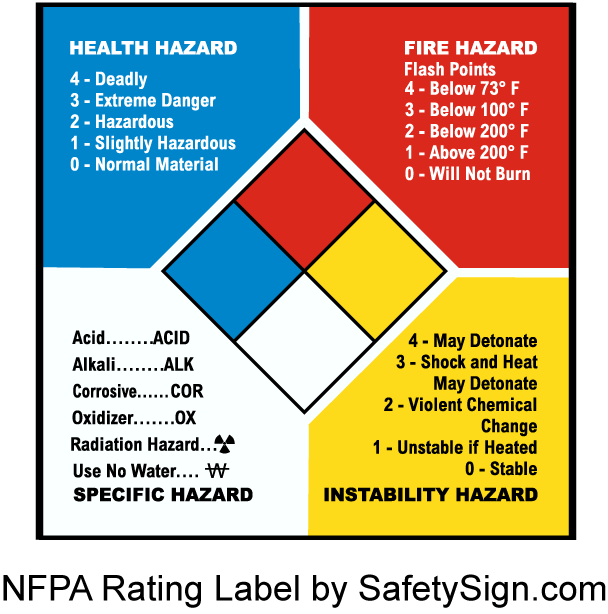




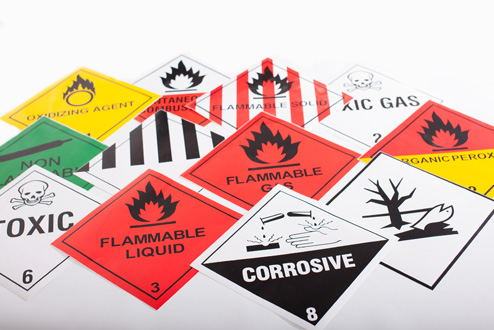
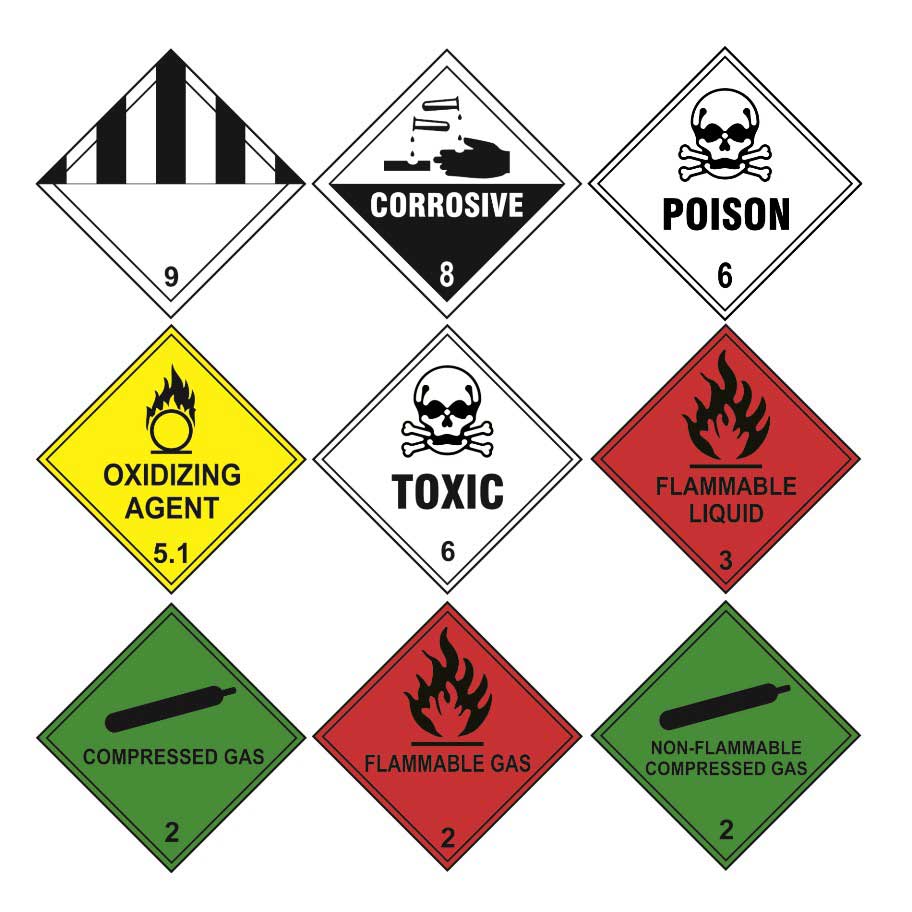

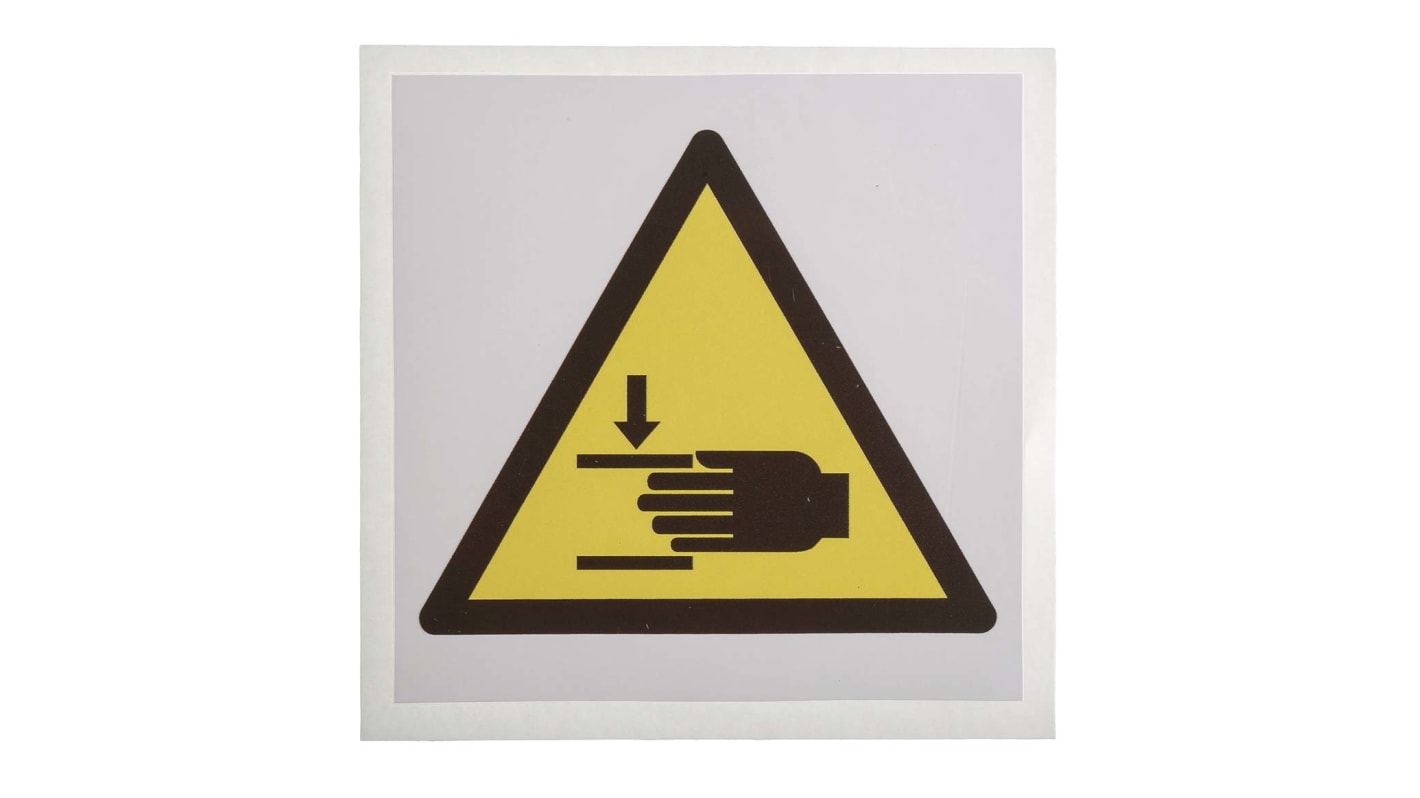

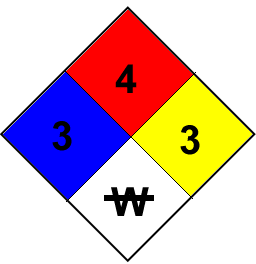
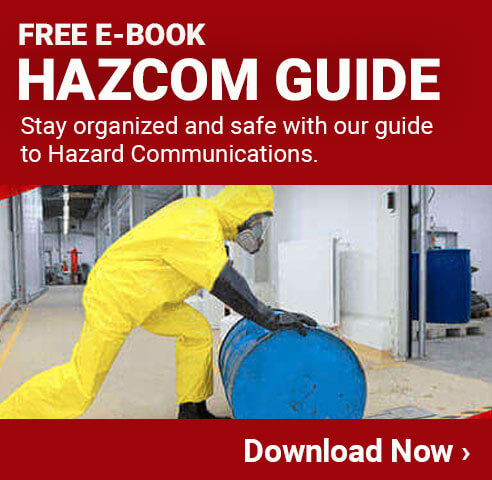
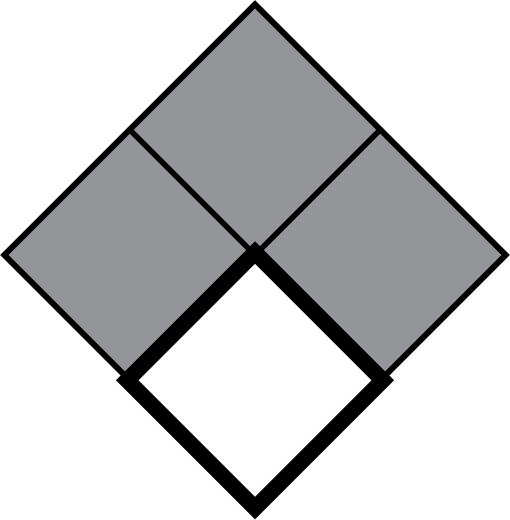

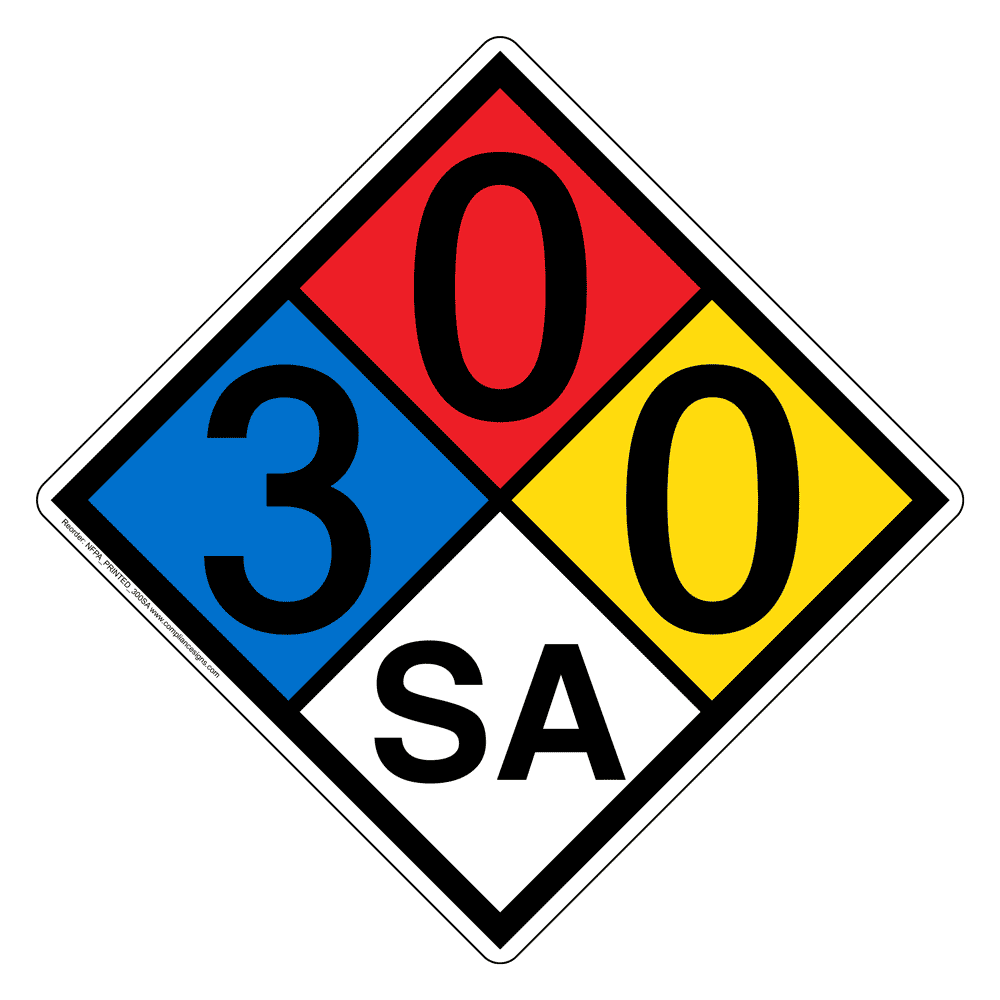
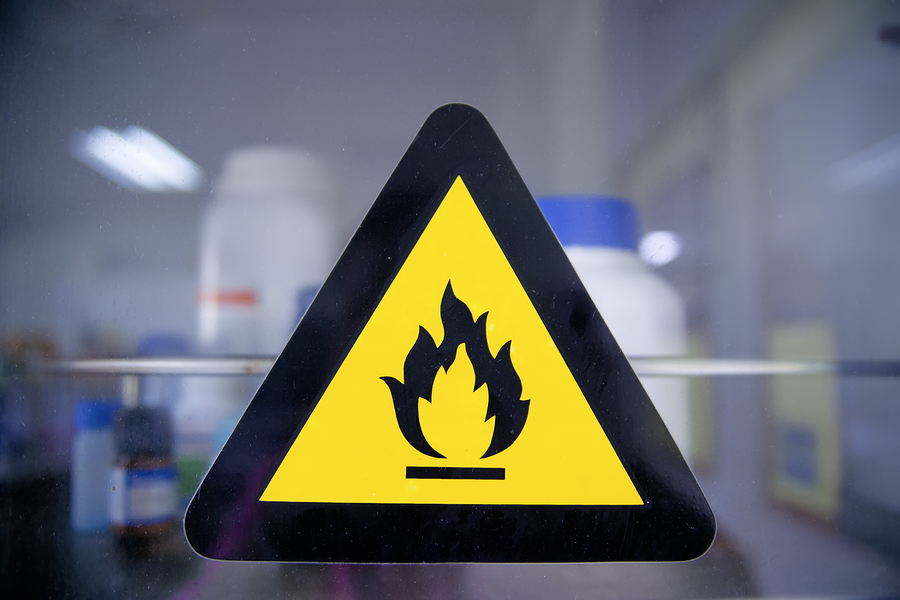

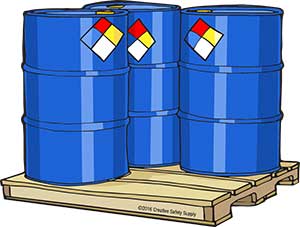





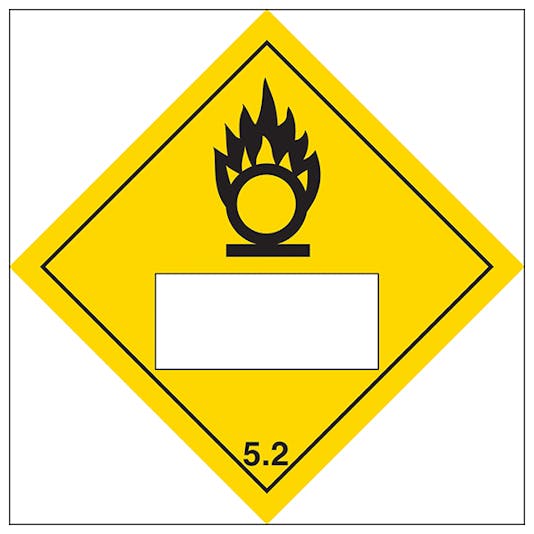

Post a Comment for "43 yellow diamond hazard label"